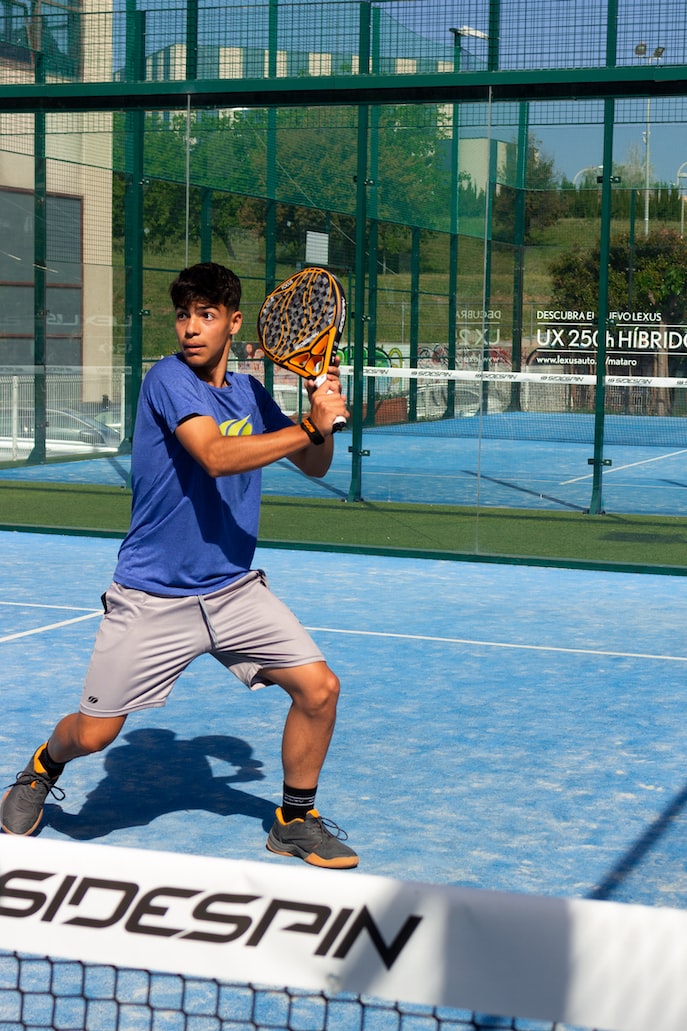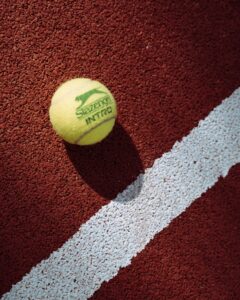Understanding the Padel Receiving Serve: A Guide for New Players
3 min read
Understanding the Padel Receiving Serve: A Guide for New Players
Are you a new player to the world of padel? Do you find it challenging to receive a serve in a padel match? Don’t worry; you are not alone. Padel receiving serve can be a complex part of the game but let us make it easy for you in this comprehensive guide.
Basic rules of padel receiving serve
Before we dive into the details, it’s essential to understand the basic regulations of padel’s receiving serve. The server must hit the ball from behind the serving line, and the ball should cross the net and hit the ground in the opposite zone of the court to be valid.
As a receiver, you can stand in any legal position in the court, but the most common position is close to the net in a specific area called the “T”. The T is the intersection of the service line and the centerline. The receiver must wait for the serve to hit the court before returning.
It’s all about the approach
The most crucial part of receiving serve in padel is the approach. Your body position and footwork will greatly impact the quality of your return. You must take a strong yet comfortable stance that allows you to move quickly in all directions.
First, position yourself in the T area, and as the server prepares to hit the ball, step towards the center with one foot. The reason for this move is to allow your other foot to move quickly in the opposite direction, depending on the ball’s placement.
For example, if the ball lands in the center of the court, you can take a step forward to hit the ball with a forehand. Conversely, if the ball lands closer to the wall, you can quickly move back and hit a backhand.
The importance of communication
In padel doubles games, communication between partners is crucial. It’s essential to know who is covering which area of the court and when to switch positions. While receiving serve, communication is vital to ensure that both players are ready to return the ball.
Before starting the game, agree on a communication system with your partner. You can use verbal cues, hand signals or pre-arranged strategy to communicate with each other during the game.
Practice makes perfect
Like everything else in life, the key to becoming an expert in padel receiving serve is practice. Take advantage of the times you and your friends hit the court for a quick game of padel or enroll in a padel academy to receive some one-on-one coaching.
Finally, remember that mistakes are a part of the learning process. Don’t be too hard on yourself, and keep a positive attitude. With time, you’ll master the art of padel receiving serve.
Conclusion
Padel is an exciting and fulfilling game that requires practice, dedication, and teamwork. Receiving serve can be challenging, but with the right approach, communication, and practice, you’ll soon be hitting the ball like a pro. Remember to have fun during the game and appreciate the opportunity to learn and improve your skills.
If you are looking for more information or assistance with padel rules receiving serve, reach out to a trusted coach, or consult the numerous online resources available to assist you. Good luck and have fun!






